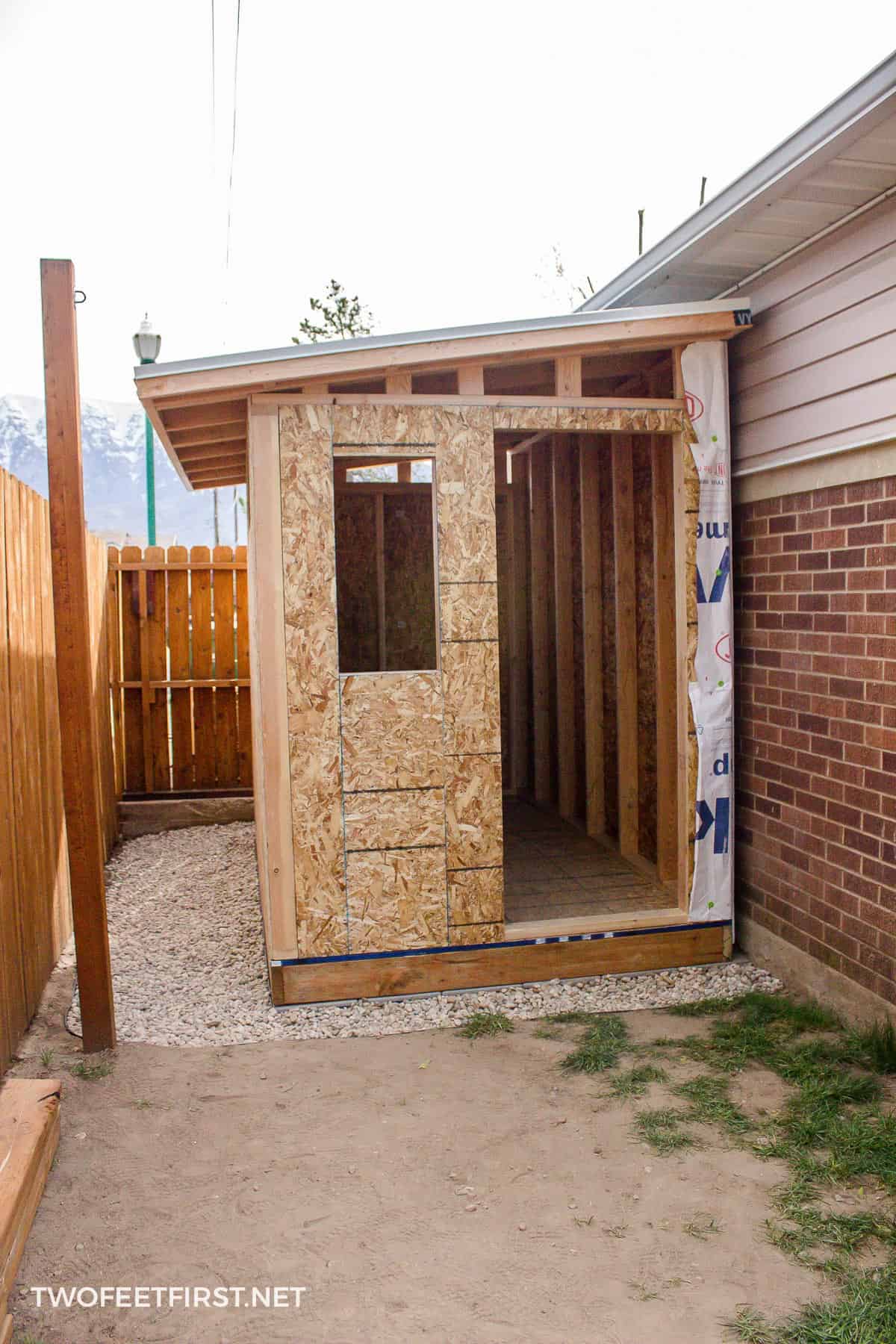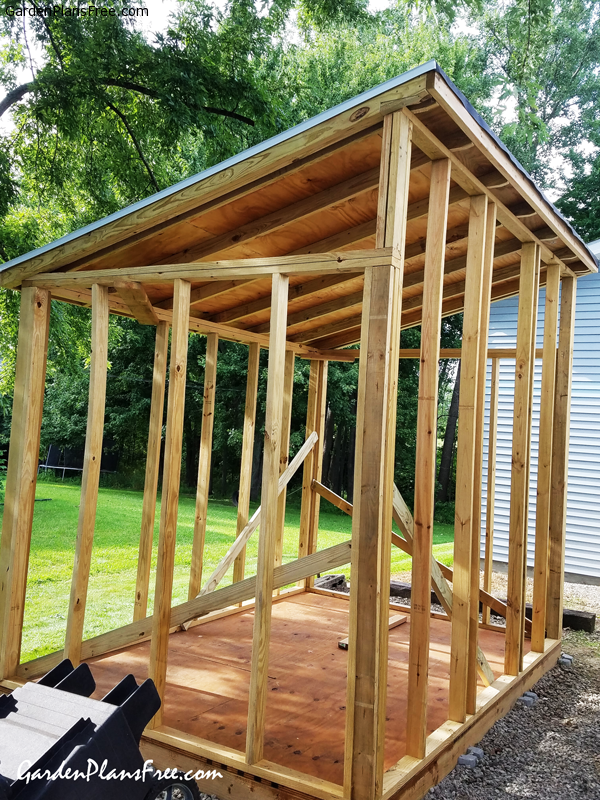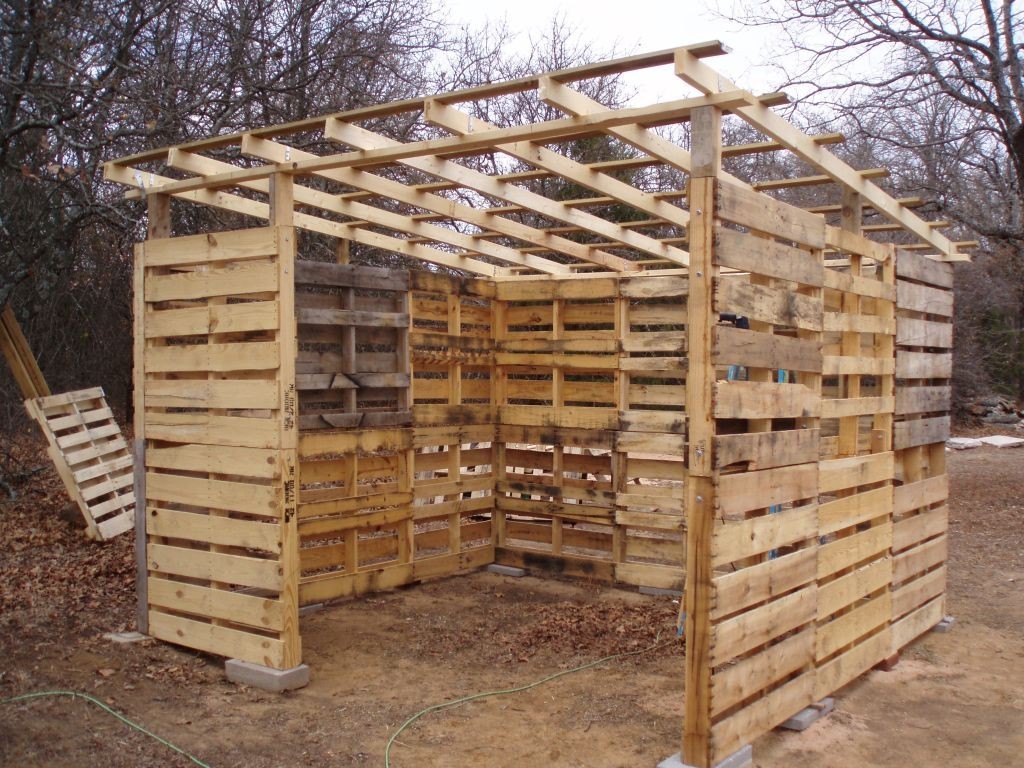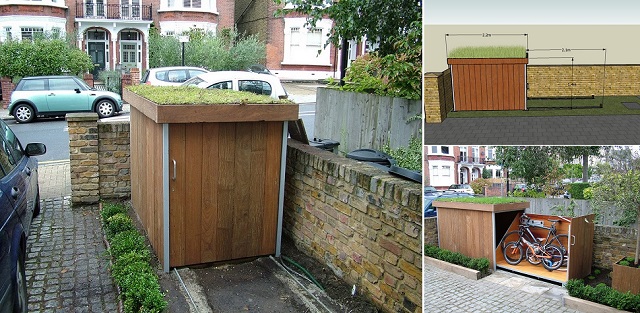
Building Your Own Lean-To Shed: A Simple Guide
So, you're thinking about building a lean-to shed? Fantastic! It's a surprisingly achievable project, even for a DIY novice. A lean-to offers a great way to add extra storage or workshop space without breaking the bank or requiring advanced carpentry skills. This guide will walk you through the process, step-by-step, in a way that's easy to understand, even if you've never picked up a hammer before.
Planning Your Lean-To Shed: Laying the Foundation
Before you even think about grabbing your tools, some planning is crucial. This will save you headaches (and potentially materials) down the line.
1. Choosing the Right Location:
Where will your lean-to live? Consider these factors:
- Proximity to your house: Lean-tos are often attached to existing structures, making this a major factor. Ensure you have enough space and access to the area you've chosen.
- Sunlight and shade: Will your shed need protection from the elements? Think about how much sun exposure it will receive and how that might affect items stored inside.
- Ground conditions: Is the ground level and stable? You might need to level the ground before you begin building. A slightly sloped area can work, as long as you adjust your foundation accordingly.
- Access to utilities: If you're planning on using electricity, water or even just easy access for moving things in and out, consider how close the lean-to is to the main power, water sources etc.
2. Determining the Size and Dimensions:
How much space do you need? Measure carefully! Think about what you'll be storing in your shed. A larger shed is nice, but it also means more materials and labor. A smaller shed might suffice if all you need is extra storage space.
3. Gathering Your Materials:
This is where a detailed list really pays off. You'll need:
- Pressure-treated lumber: For the frame, this is crucial for longevity and rot resistance.
- Plywood or OSB sheeting: For the walls and roof.
- Roofing material: Asphalt shingles are a popular and relatively inexpensive option.
- Concrete blocks or a suitable foundation: Depending on the ground conditions and local building codes, your foundation may need to be more robust than just a few blocks.
- Nails, screws, and other fasteners:
- Measuring tape, level, saw, hammer, drill, etc.: Make sure you have the necessary tools for the job.
- Optional: Window(s), door(s), paint, sealant.
It's always a good idea to buy slightly more materials than you think you'll need. This accounts for mistakes and potential waste.
Construction: Building Your Lean-To Shed
With your plan in place and your materials gathered, let's get building! Remember safety first â€" always wear appropriate safety glasses and gloves.
1. Preparing the Foundation:
Start by clearing and levelling the ground where your shed will sit. This is incredibly important for the stability of your structure. For a simple lean-to, a few concrete blocks might suffice, but you might want to check local building codes for more complicated foundations. Properly leveling your foundation blocks is crucial for a level shed, preventing structural problems later on.
2. Building the Frame:
This involves constructing the walls and roof support structure. Your measurements from the planning stage will be crucial here. You'll likely want to build the frame on the ground, and then lift it into place to avoid awkward assembly at height. Start with the base frame and then add the vertical supports. Remember to use a level constantly to ensure everything is square and plumb.
3. Attaching the Sheeting:
Once the frame is complete and secured, you can attach the plywood or OSB sheeting to the walls and roof. Ensure the sheeting is properly nailed or screwed to the frame, and use appropriate spacing to allow for expansion and contraction.
4. Roofing:
Roofing is the more complicated part, but follow your chosen roofing materials' instructions carefully. Whether it's asphalt shingles, metal sheeting or something else, proper installation will ensure weatherproofing and longevity. Often lean-tos have a single slope, simplifying the process.
5. Finishing Touches:
Add any finishing touches, such as a door, window, or paint. A simple coat of weather-resistant paint or sealant will protect your shed from the elements and improve its overall appearance.
Tips and Tricks for Success
- Take your time: Rushing the process can lead to mistakes. Focus on accuracy and precision.
- Use a level constantly: This is arguably the most important tool in your arsenal. A level shed is a stable shed.
- Pre-drill holes: This prevents the wood from splitting when you’re screwing things together.
- Ask for help: If you get stuck, don't hesitate to ask a friend or family member for assistance.
- Check local building codes: This is crucial, especially if your lean-to is more substantial.
Commonly Asked Questions
Here are some frequently asked questions about building lean-to sheds:
Q: Do I need a permit to build a lean-to shed?
A: This depends on your local building codes and the size and complexity of your shed. It's always best to check with your local authorities before you begin construction.
Q: What is the best material for the roof?
A: Asphalt shingles are a popular and relatively inexpensive choice. Metal roofing is also a good option, offering greater durability.
Q: How can I make my lean-to shed more weatherproof?
A: Use high-quality materials, ensure proper sealing around windows and doors, and consider adding flashing around the roofline to prevent water leakage.
Q: How long does it take to build a lean-to shed?
A: The construction time varies depending on the size and complexity of the shed, as well as your experience level. A simple lean-to can be built in a weekend, while a more complex structure might take several days or even longer.
Q: Can I use reclaimed lumber to build my lean-to shed?
A: While you can potentially use reclaimed lumber, make sure it's appropriately treated and in good condition to ensure structural integrity and longevity. Inspect it carefully for rot, pests and structural damage.
Building a lean-to shed can be a rewarding experience. With careful planning and attention to detail, you can create a valuable addition to your property that will last for years to come. Remember to always prioritize safety and take your time â€" the result will be worth the effort!











